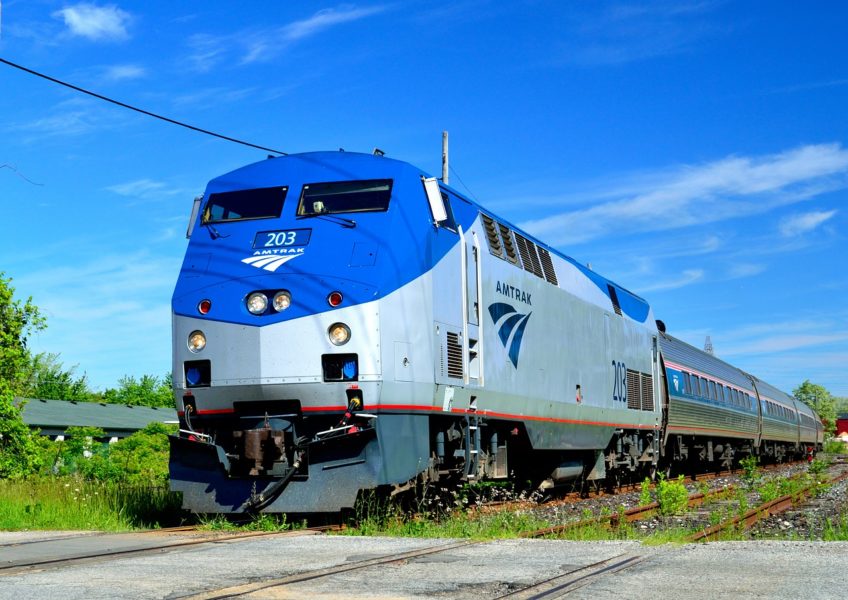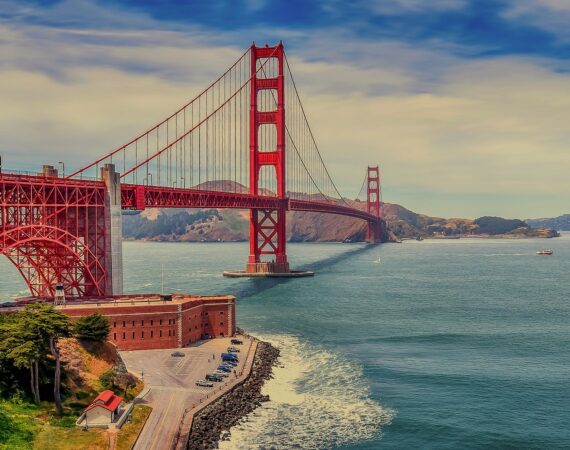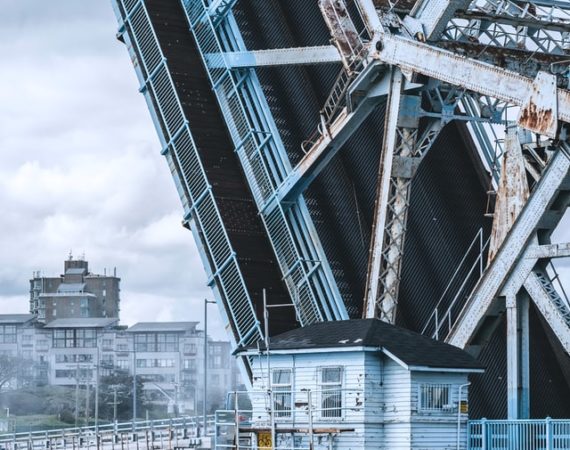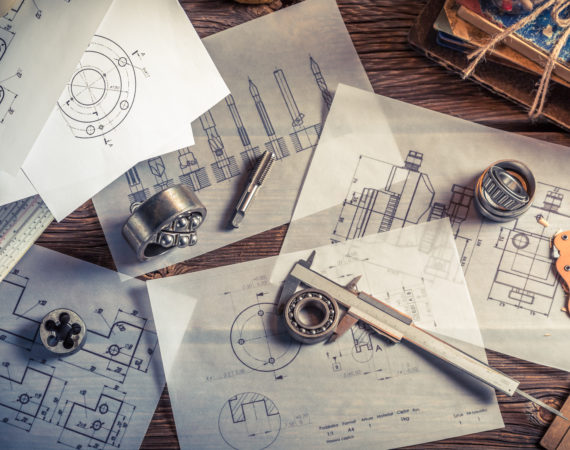Big Bayou Canot Collapse | September 22, 1993
On September 22, 1993, an Amtrak train was traveling across the Big Bayou Canot Bridge in Mobile, Alabama. The train derailed which resulted in the death of 47 people and 103 people being injured. The derailing of the train was caused by a deformation in the rails from a barge towing a heavy load that had collided into the bridge only eight minutes earlier. In Amtrak’s history, this is the worst train disaster in the United States since the New Jersey rail accident in 1958, killing 48 people.
The Event
A barge that was being pushed by a towboat named Mauvilla had made a wrong turn into the un-navigable channel of the Mobile River. Willie Odom, the towboat pilot, hadn’t been trained on how to read the radar and lacked experience. The towboat also did not have a compass or chart to navigate the waterway. Odom had believed that the bridge on the radar was another towboat. At 2:45 am, the Mauvilla struck the Big Bayou Canot bridge, originally designed to rotate and was being converted into a swing bridge by adding other equipment. The conversion hadn’t been completed and the section of the bridge had never been secured from a movement that was unintended. When the towboat struck the bridge, the track became severely kinked and the unsecured section was knocked out of alignment by about three feet.
At 2:53 am, Amtrak’s train the Sunset Limited with 220 people on board began crossing the bridge at 70 mph and derailed at the kink. One of the three locomotives of the train slammed into the displaced section of the bridge and caused that part of the bridge to sink into the water along with the other two locomotives. The fuel tanks exploded on impact spilling fuel and starting a massive fire. Most were killed by drowning and others by fire or smoke inhalation.
Aftermath
An investigation into the crash found that Odom was not criminally liable for the accident. He had also helped save seventeen people with the towboat that was pushing the barge that hit the bridge. Although the bridge was displaced after the accident with Mauvilla, the track circuit that controls the signals remained intact and display a green light for the Amtrak engineer. If the rails had been severed, the light would have turned red and may have provided enough time for the train to stop or reduce speed to minimize the severity of the accident.
It was also found through a documentary series by National Geographic that the train had been delayed by thirty minutes because of an air conditioner unit and toilet repair. If not for the repairs, they would have crossed the bridge before the collision of the Mauvilla.
Forensic Engineering Specialists
Engineering Specialists Inc. has nearly 30 years of field experience in analyzing the damage to vehicles, residential, commercial, and industrial buildings. We can work on any project in any state, nationwide. When you or your business needs to confirm the extent of damage or how to correct a problem, email us at office@esinationwide.com or call us, toll-free, at (877) 559-4010.




